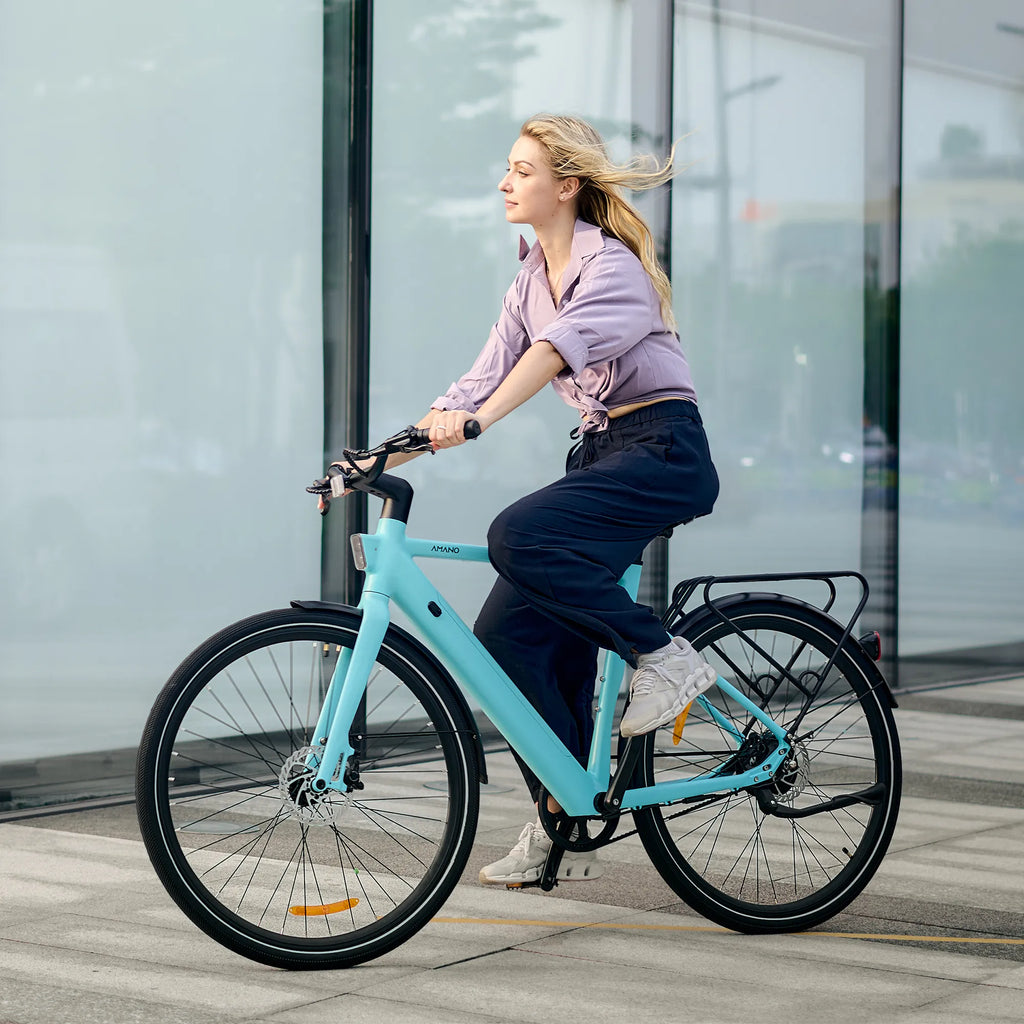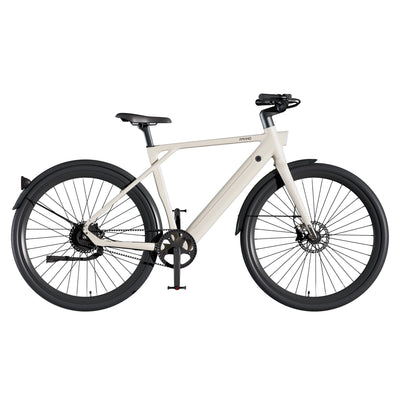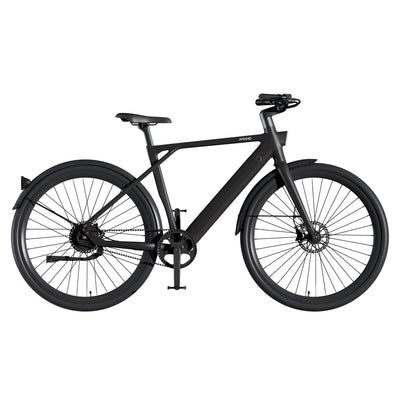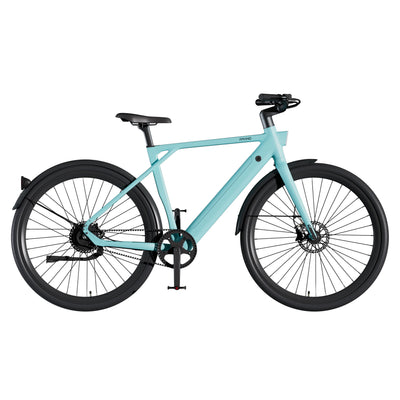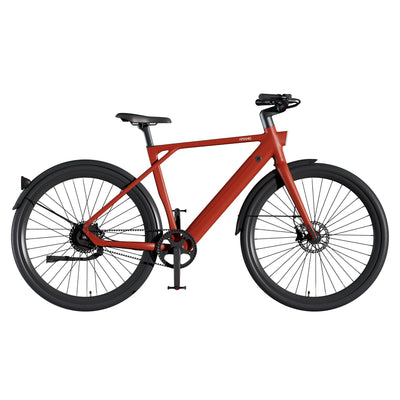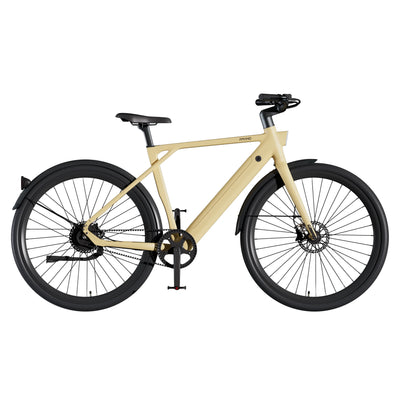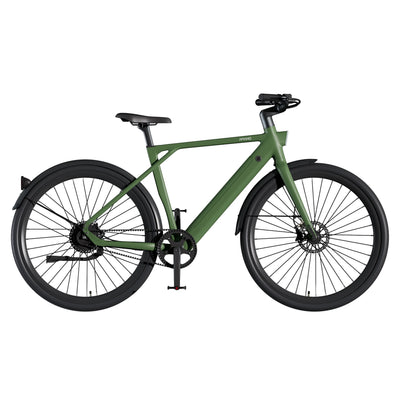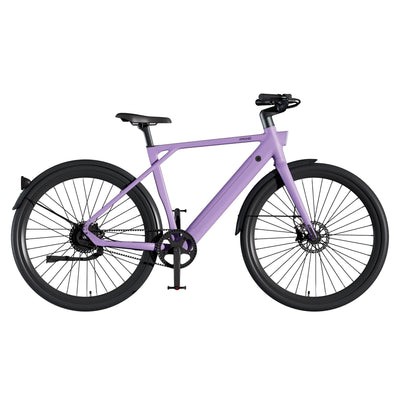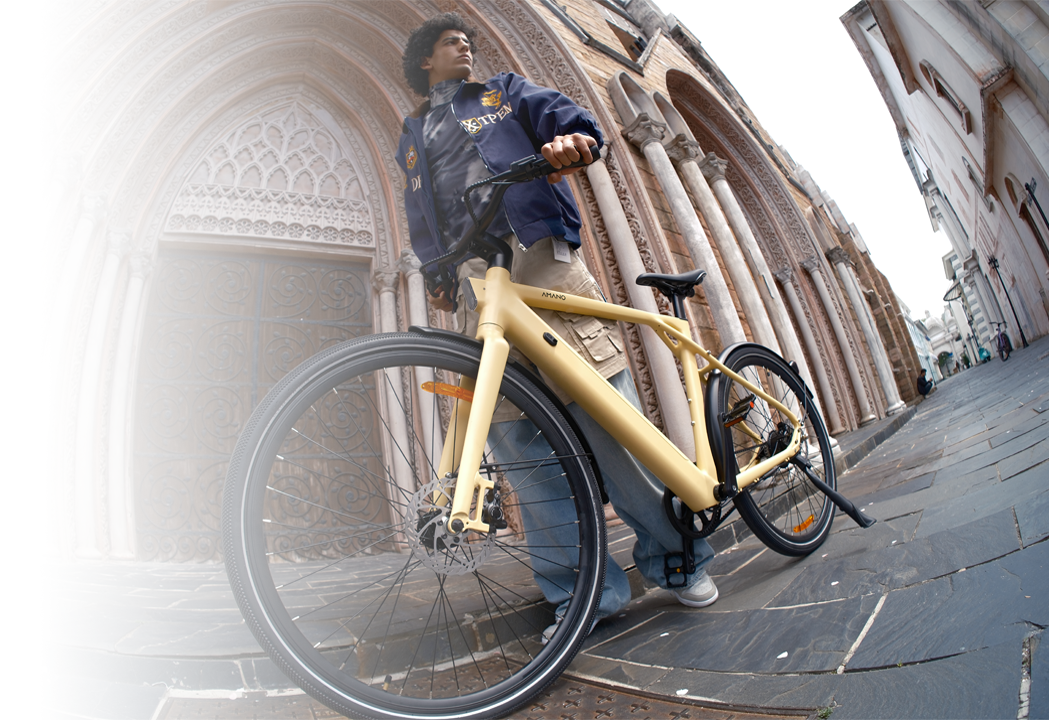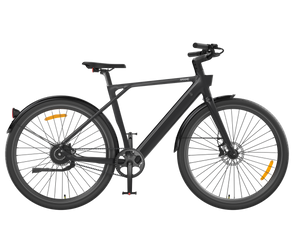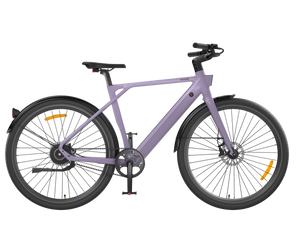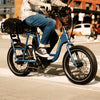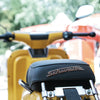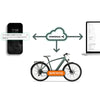When it comes to e-bikes, few things cause more anxiety than “range fear”—the worry that your battery will die mid-ride. Most riders fixate on “max range” numbers from brands, but the truth is: actual range depends far more on how you ride, your bike’s design, and even the weather than just battery capacity. Let’s bust common range myths, share practical tips to stretch your battery, and look at how a well-designed e-bike can make range stress a thing of the past.
Brands love to highlight “100km+ range” in ads, but these numbers often come from perfect lab conditions (flat roads, light rider, eco mode). Let’s separate fact from fiction:
A 15Ah battery doesn’t guarantee more range than a 10Ah one if the bike is heavy or the motor is inefficient. For example: A 30kg e-bike with a 15Ah battery might only get 60km of real-world range, while a 20kg e-bike with a 10Ah battery could hit 70km—because the lighter bike puts less strain on the motor, so the battery uses power more efficiently.
Eco mode cuts motor assist, but it’s not always the smart choice. If you’re climbing a steep hill in eco mode, you’ll pedal harder and the motor will work overtime to compensate (wasting more power). Instead, switch to a higher assist mode (like “Comfort”) for hills—you’ll use less battery than forcing eco mode up an incline.
Modern e-bike batteries (especially those with high-quality cells, like Samsung) are designed for fast charging. Most 10Ah batteries can charge from 0-80% in 2-3 hours without damage—just avoid leaving them plugged in 24/7 (overcharging is the real risk, not fast charging).

You don’t need a bigger battery to get more miles out of your ride—small adjustments to your habits and bike care make a big difference:
-
Flat roads (commutes, city streets): Use Eco or Comfort mode—you’ll get enough assist to glide, but won’t waste power on unnecessary boost.
-
Hills (3-5% incline): Switch to Sport mode briefly—this lets the motor handle the heavy lifting, so you don’t overwork it (and drain the battery faster).
-
Downhills: Turn off assist entirely—gravity does the work, and some e-bikes even have “regenerative braking” (though this adds only 5-10% range, it’s free power).
Underinflated tires create more friction, which makes the motor work harder. Check your tire pressure once a week: Most city e-bikes (like those with 700×45C tires) need 40-50 PSI. A quick pump can add 5-10km of range—no tools needed, just a portable bike pump.
Carrying a heavy backpack (10kg+) or extra gear forces the motor to use more power. Stick to essentials: A small crossbody bag for your phone, keys, and charger is enough. If you need to carry groceries, use a rear rack (it distributes weight better than a backpack, so the motor doesn’t strain as much).
-
Avoid busy streets with frequent stops: Every time you start from a stop, the motor uses a burst of power. Take quieter side streets with fewer traffic lights.
-
Skip steep hills when possible: A 10% incline uses 2-3x more battery than a flat road. Use apps like Google Maps or Komoot to find flatter routes.
Cold temperatures (below 0°C) can reduce battery capacity by 20-30%—so don’t leave your e-bike outside overnight in winter. Bring the battery indoors (if it’s removable) and store it at room temperature (15-25°C). In summer, avoid leaving it in direct sunlight (heat also shortens battery life over time).

While habits matter, your e-bike’s design is the foundation of good range. The best range-friendly e-bikes balance three key factors: lightweight frame, efficient motor, and smart battery design—and these are exactly the traits that make daily riding stress-free.
In models that prioritize these factors, the AMANO S900 stands out for urban riders. Its design aligns with the range-saving tips we covered, starting with a 19.5kg ultra-light 6061 aluminum alloy frame—this light weight means the 250W AMANO S9 motor (with 45Nm torque) doesn’t have to work overtime, so the battery uses power more efficiently. The 36V 10Ah battery (with Samsung cells, 360Wh total capacity) has a rated range of 100km in power-assisted mode, but its real-world performance benefits from small design choices:
-
The advanced torque sensor adjusts assist based on how hard you pedal—no wasted power from “over-boosting” when you don’t need it (unlike cheaper e-bikes with basic cadence sensors).
-
The ZOOM carbon belt drive reduces friction compared to chain drives—less friction means less power loss, so the battery goes further with each charge.
-
Even small details, like the 700×45C puncture-proof tires (easy to keep inflated) and hydraulic disc brakes (smooth stopping, no sudden power bursts), help maintain consistent range.
The best e-bike range isn’t about hitting 200km on a single charge—it’s about having enough range for your daily rides, without stress. If you commute 10km round-trip, a 50km real-world range is more than enough. If you like weekend rides, 80km lets you explore without worrying about charging.
The AMANO S900’s balance of lightweight design, efficient motor, and reliable battery makes it a solid choice for riders who want to skip range anxiety—whether you’re commuting to work, running errands, or cruising city streets. To see its full specs, check color options, or learn more about its range-saving features, visit the AMANO S900 product page.
At the end of the day, the best way to get more range is to ride a bike that’s designed to use power wisely—no tricks, no big batteries, just smart engineering that fits your life.
